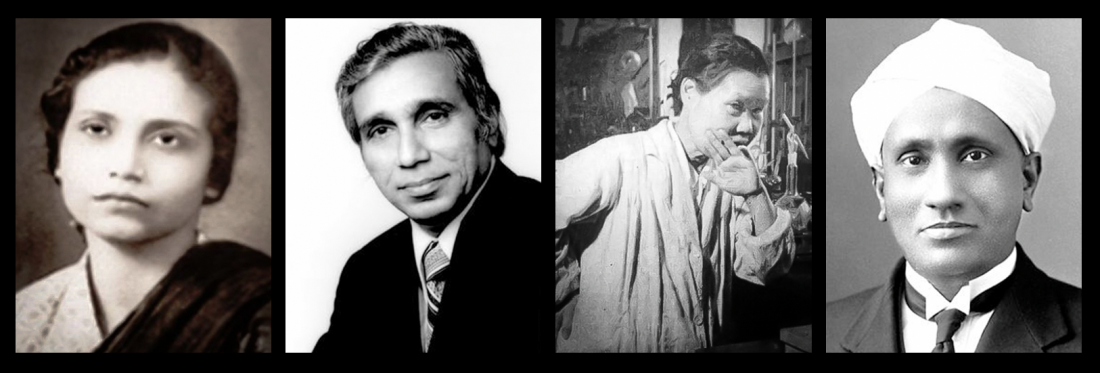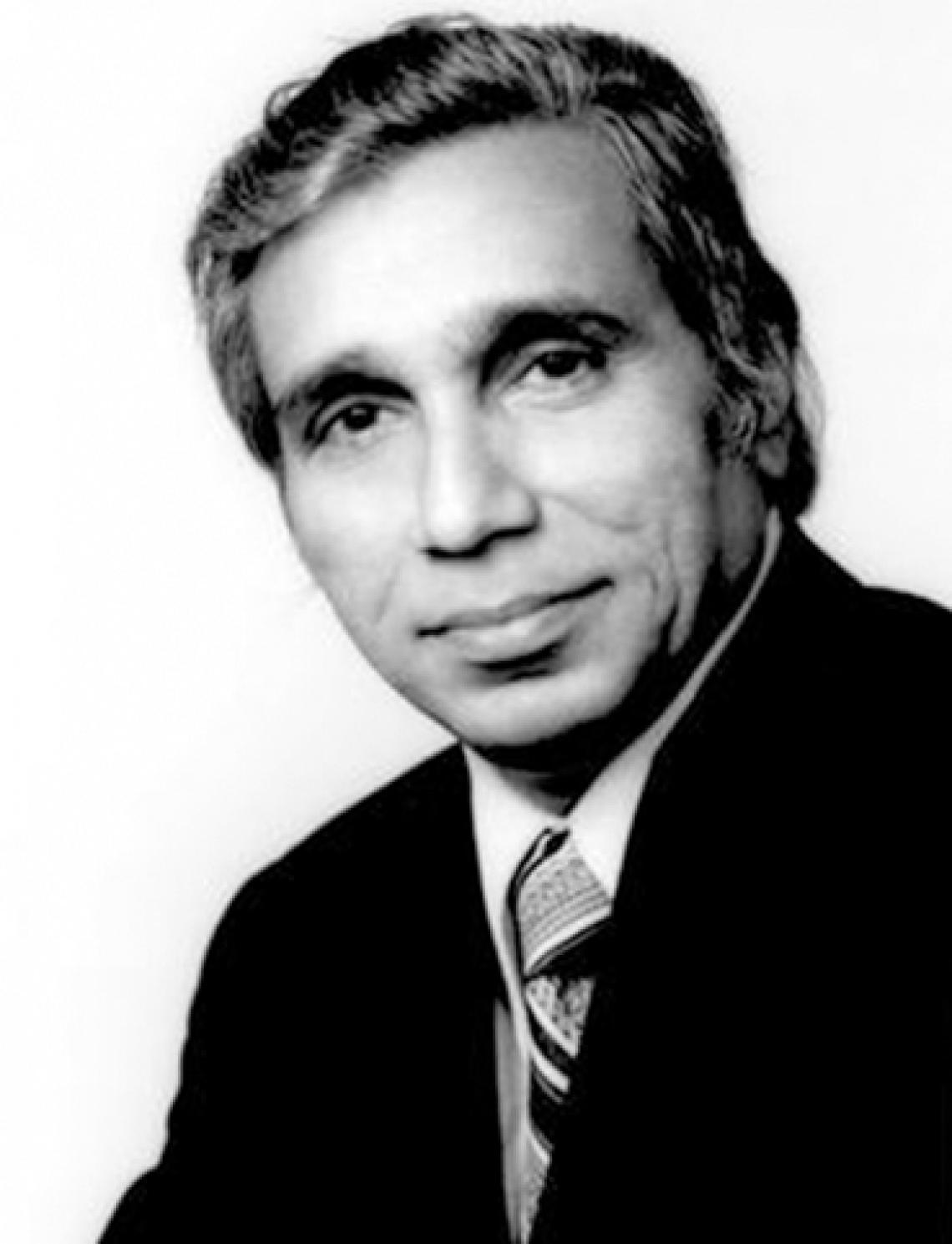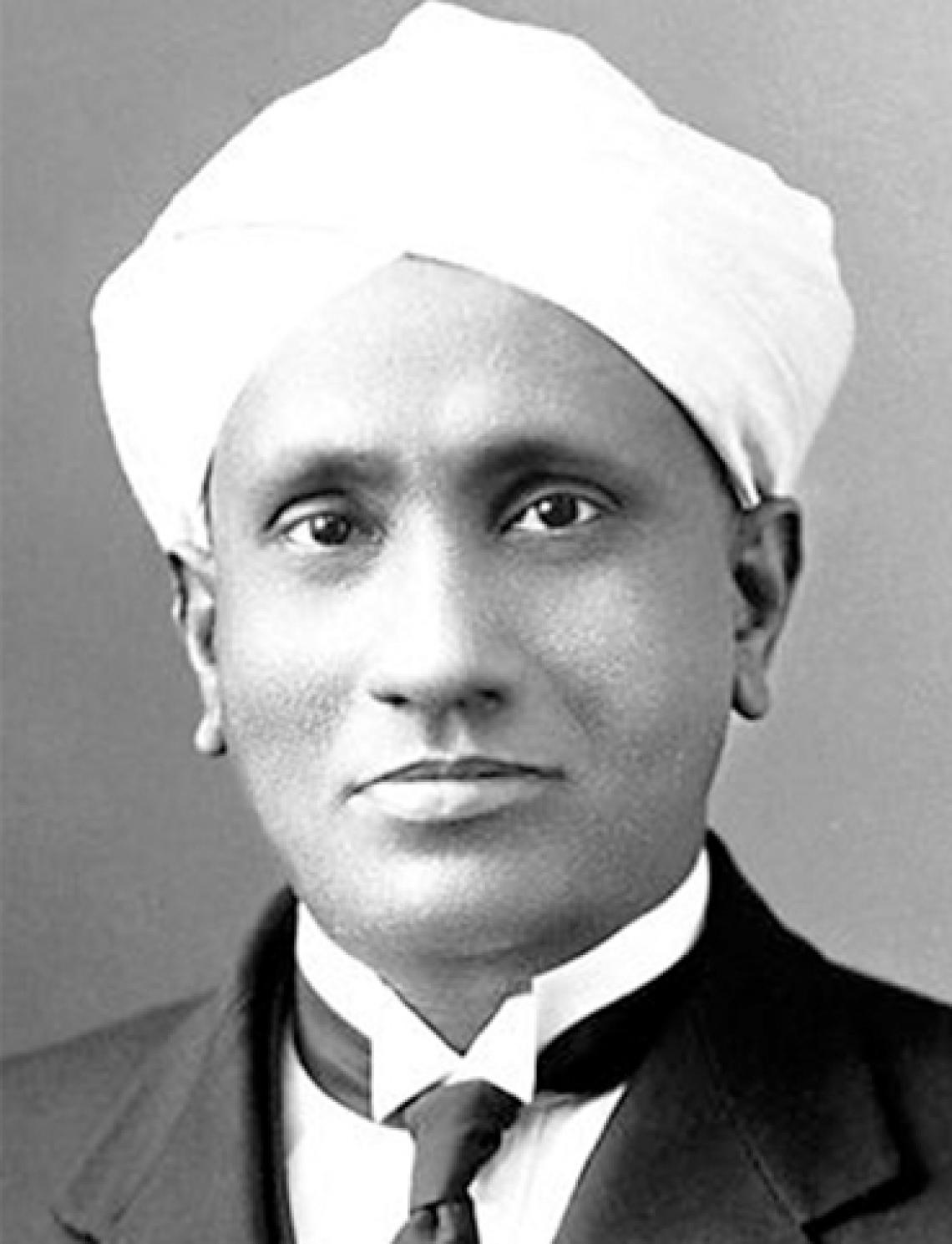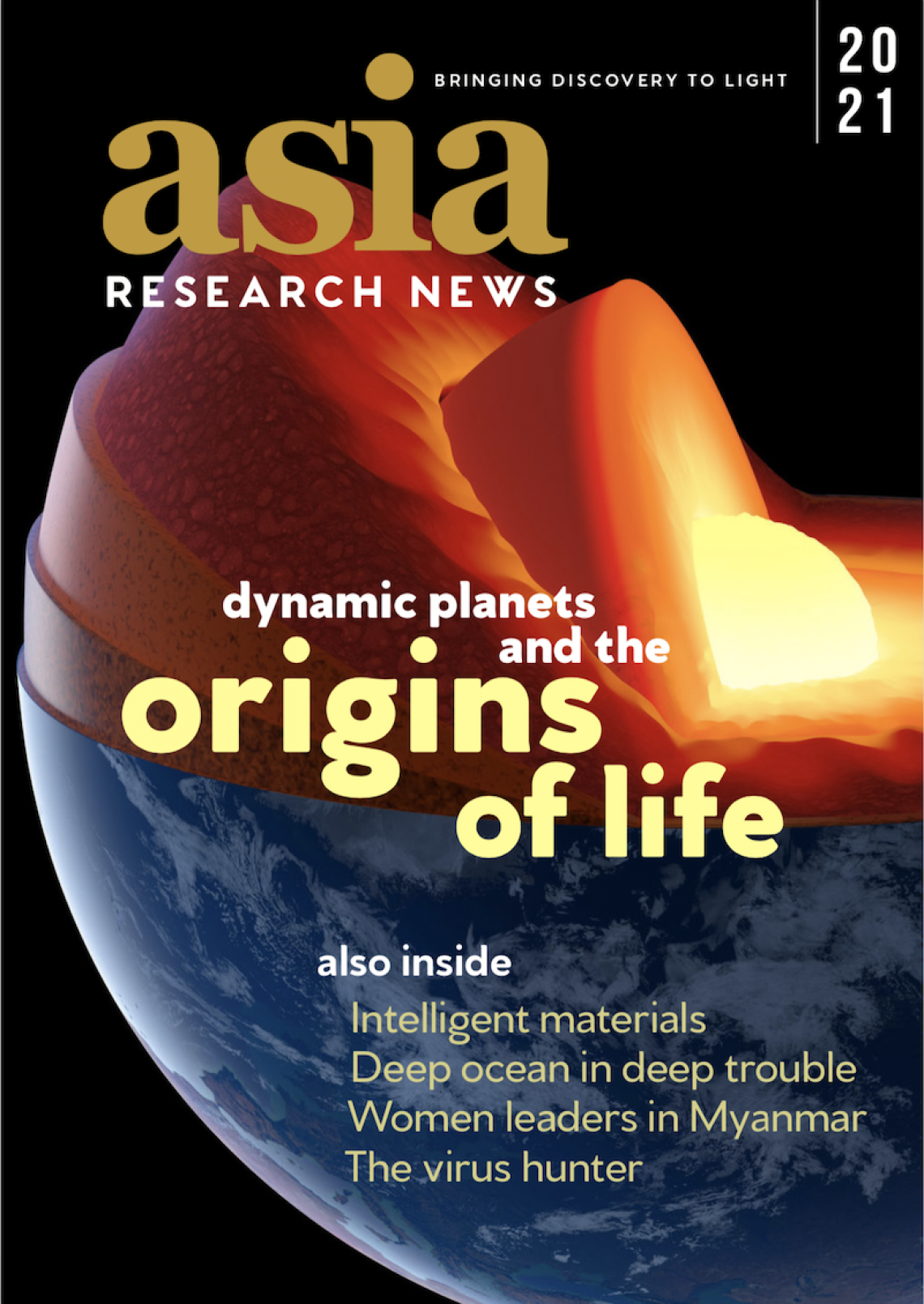THE EINSTEIN OF STRUCTURAL ENGINEERING
Fazlur Rahman Khan (3 April 1929 – 27 March 1982) was a Bangladeshi-American structural engineer and architect who invented the tube principle, which formed the basis for modern skyscraper design. Instead of designing high-rise buildings around a solid core, he proposed the perimeter walls should resemble a thin hollow cylinder. His design enabled towers to withstand strong winds or earthquakes, and significantly reduced construction costs and environmental impacts. Khan designed several skyscrapers, including Chicago’s Sears Tower, since renamed Willis Tower, which at 108 stories was the tallest building in the world from 1974 to 1998. Khan is known as the Einstein of structural engineering.
THE PHYSICIST WHO STUDIED COSMIC RAYS
Bibha Chowdhuri (1913 – 2 June 1991) was an Indian physicist who, together with Debendra Mohan Bose, discovered the meson subatomic particle. She earned a Master’s degree in physics from University of Calcutta in 1936, the only woman in her class. After working at the Bose Institute, she went on to conduct her PhD research at the University of Manchester in the lab of Patrick M.S. Blackett (Nobel Prize in Physics 1948). Chowdhuri investigated cosmic rays and air showers—extensive cascades of ionized particles and electromagnetic radiation produced when a cosmic ray enters the atmosphere. She discovered that when particle density of an air shower increases, so does the density of penetrating events. Considered a forgotten legend by some, the International Astronomical Union named a star in the Sextans constellation “Bibha” in her honour.
THE MARINE BIOLOGIST WHO PROTECTED CORAL REEFS
Edgardo Dizon Gomez (7 November 1938 – 1 December 2019) was a Filipino marine biologist who recognized the need to protect marine resources in the Philippines. Gomez played an instrumental role in the world’s first national-scale assessment of coral reef damage, leading to conservation initiatives such as the Global Reefs and Risk Analysis, and the International Coral Reef Action Network. He founded the Marine Science Institute at the University of the Philippines Diliman. Gomez was also a pioneer in breeding giant clams, helping restore their populations. Gomez was conferred the Order of National Scientists, the highest Presidential honour for individuals who significantly contribute to science and technology in the Philippines.
THE MOTHER OF AEROSPACE AND SEMICONDUCTOR MATERIALS
Lin Lanying (7 February 1918 – 4 March 2003) was a material engineer known as the mother of aerospace and semiconductor materials in China. Lin’s family did not believe in educating girls and she was not allowed to go to school. Despite her family’s objections, Lin earned a Bachelor’s degree in physics at Fukien Christian University, a Bachelor’s degree in mathematics at Dickinson College, and a PhD in solid-state physics at the University of Pennsylvania. Lin was the first in China to synthesize the crystals of several aerospace and semiconductor materials, including mono-crystalline germanium, which led to the development of transistor radios. Her research laid the foundation for the development of microelectronics and optoelectronics in China. She was elected a Chinese Academy of Sciences academician, the highest academic title for science and technology in China.
THE FATHER OF RAMAN SPECTROSCOPY
Sir Chandrasekhara Venkata Raman (7 November 1888 – 21 November 1970) was an Indian physicist who performed ground-breaking research in the field of light-scattering. He is best known for discovering that when light passes through a material, some of the deflected light changes wavelength and amplitude – a phenomenon which became known as Raman scattering. The principles of Raman scattering and the Raman effect are applied in Raman spectroscopy, a technique widely used for analysis and identification of materials. For his pioneering work, Raman was awarded the Nobel Prize in Physics in 1930.
THE SCIENTIST WHO DISCOVERED VITAMIN C IN GREEN TEA
Michiyo Tsujimura (17 September 1888 – 1 June 1969) was a Japanese agricultural scientist and biochemist, who discovered green tea contains vitamin C while she was a student at the RIKEN research institute. This discovery, made together with Seitaro Miura, led to green tea popularity increasing and a boost in green tea export from Japan to North America in the early 1900s. Tsujimura also isolated and extracted constituents with anticancer properties from green tea, including catechin, tannin and gallocatechin. Her research earned her a PhD from the Tokyo Imperial University, making her the first female doctor of agriculture in Japan. Tsujimura was awarded the Japan Prize of Agricultural Science in 1956 and conferred the Order of the Precious Crown of the Fourth Class in 1968.










